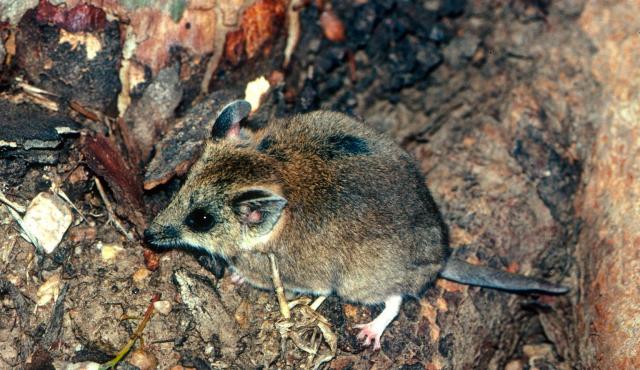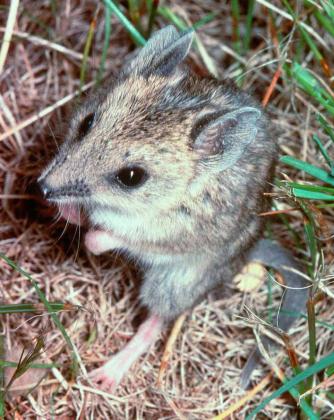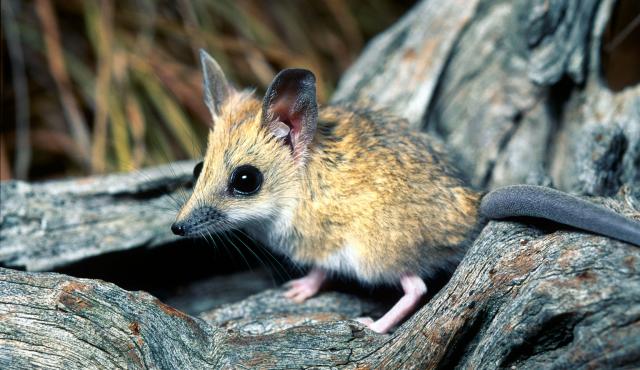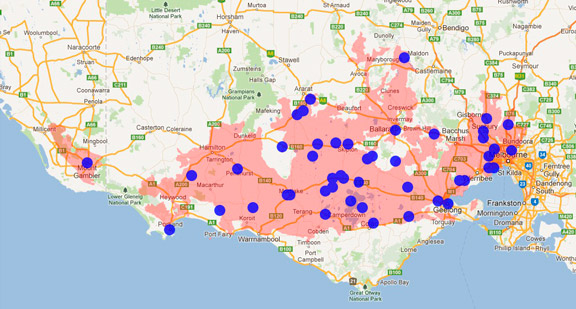A range of teacher professional learning programs will be developed to accompany the Biodiversity of the Western Volcanic Plains online outreach...





Fat-tailed Dunnart
Sminthopsis crassicaudata
Nocturnal. Shelters (sometimes in groups) in a grass nest they make in hollow logs or under grass tussocks, rocks or logs. Their flexible breeding pattern means they can breed quickly anytime between late winter to late summer when there is enough food. Dunnarts can have 2 to 3 litters per season with up to 10 young per litter. The young are weaned at 10 weeks. Dunnarts have short sharp teeth suited to crunching insects and spiders. Their scats have visible insect remains. The use of agricultural pesticides could affect their survival.
| Details | Description |
| Type | Mammal |
| Group | Marsupial |
| Other Common Names | Fat-tailed Marsupial Mouse |
| Identifying Characteristics | |
| Distinctive Markings | Fat tail, yellow-brown fur with white underneath, large ears and eyes. |
| Diet | Carnivore. Eats ground dwelling invertebrates such as beetles, spiders, earthworms and insect larvae. Does not need to drink as it obtains enough water from its food. |
| Habitat | Can live in a wide variety of habitats but prefers open areas such as grasslands and low shrublands with scattered fallen trees or rocks. |
| Native Status | Native to Australia |
| Taxonomy | |
| Phylum | Chordata |
| Class | Mammalia |
| Order | Dasyuromorphia |
| Family | Dasyuridae |
| Genus | Sminthopsis |
| Species | crassicaudata |

Distribution maps indicate current and historic locations where species have been sighted.
Source: Atlas of Living Australia
| Conservation Status | |
| DEPI Advisory List | Near threatened |
| FFG Act | Not listed |
| EPBC Act | Not listed |
The conservation status of species is listed within Victoria and Australia.
The Department of Environment and Primary Industry (DEPI) Advisory List consists of non-statutory advisory lists of rare or threatened flora and fauna within Victoria.
The Flora and Fauna Guarantee Act 1988 (FFG Act) lists threatened species in Victoria. Under the Act, an Action Statement is produced for each listed species.
The Environment Protection and Biodiversity Conservation Act 1999 (EPBC Act) is the Australian Government’s key piece of environmental legislation, listing nationally threatened native species and ecological communities.



